
Each photographer has a moment when he wants to photograph something unusual or to photograph in some interesting way, then he begins to look for new methods and try things out – this is the most important stage in his professional advancement. Infrared photography is an excellent ‘testing area’ for experiments.
Infrared photographs have a special originality and attention value that ordinary photography does not have. Fantastic photographs allow you to look at many things from a different angle and think about how we could live in such a world? How would we take the world if we could see rays beyond the visible spectrum?
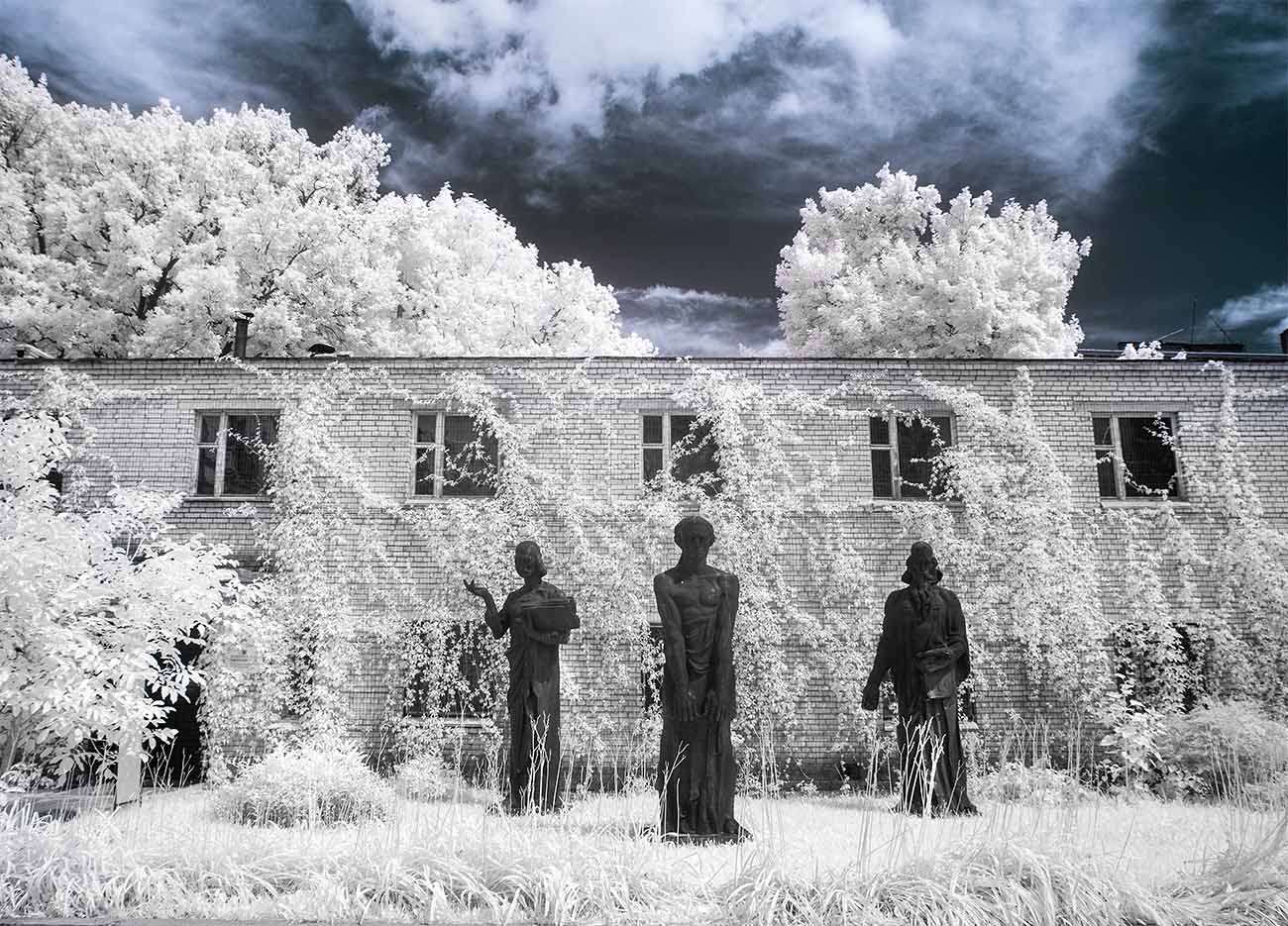
The fact is that infrared photography has been actively used in various narrow-focused fields for more than 100 years: in aerial photography, geodesy, physics, astronomy, criminalistics, medicine and archival work in museums. If other types of film were weak, infrared emission helped to detect paint films on paintings, chemically etched ink on documents, and so on.
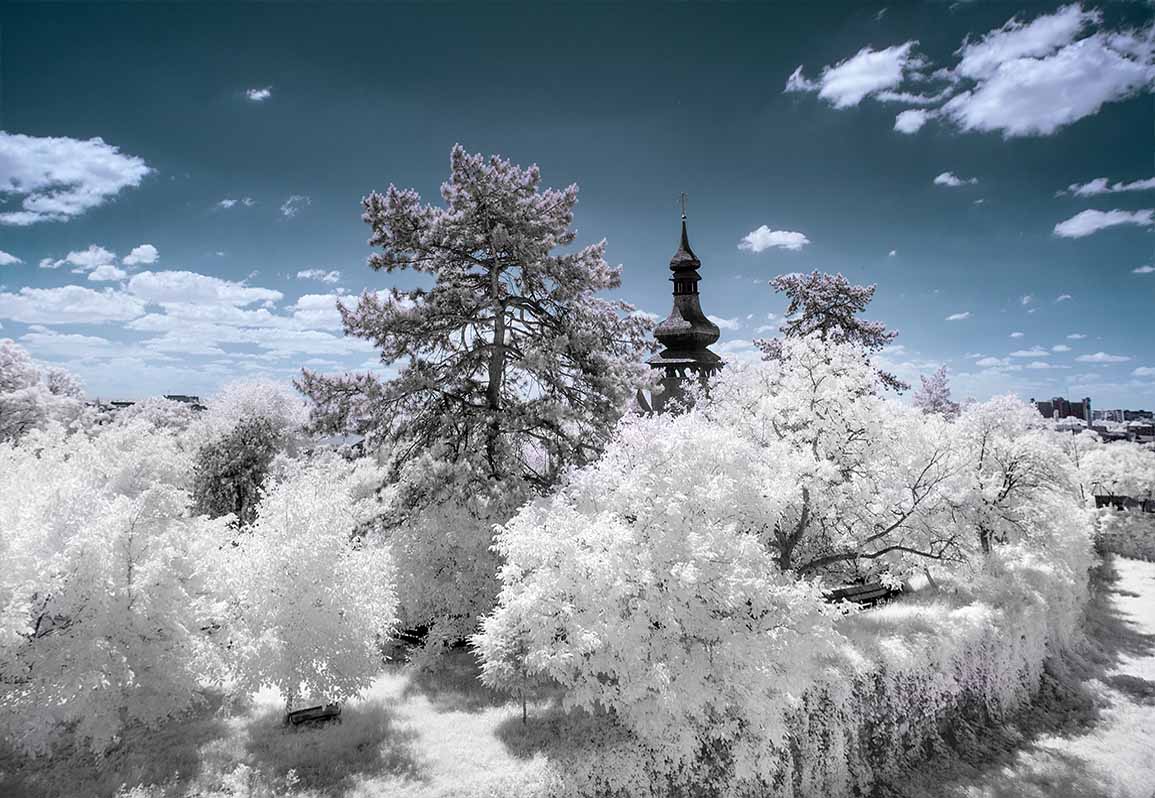
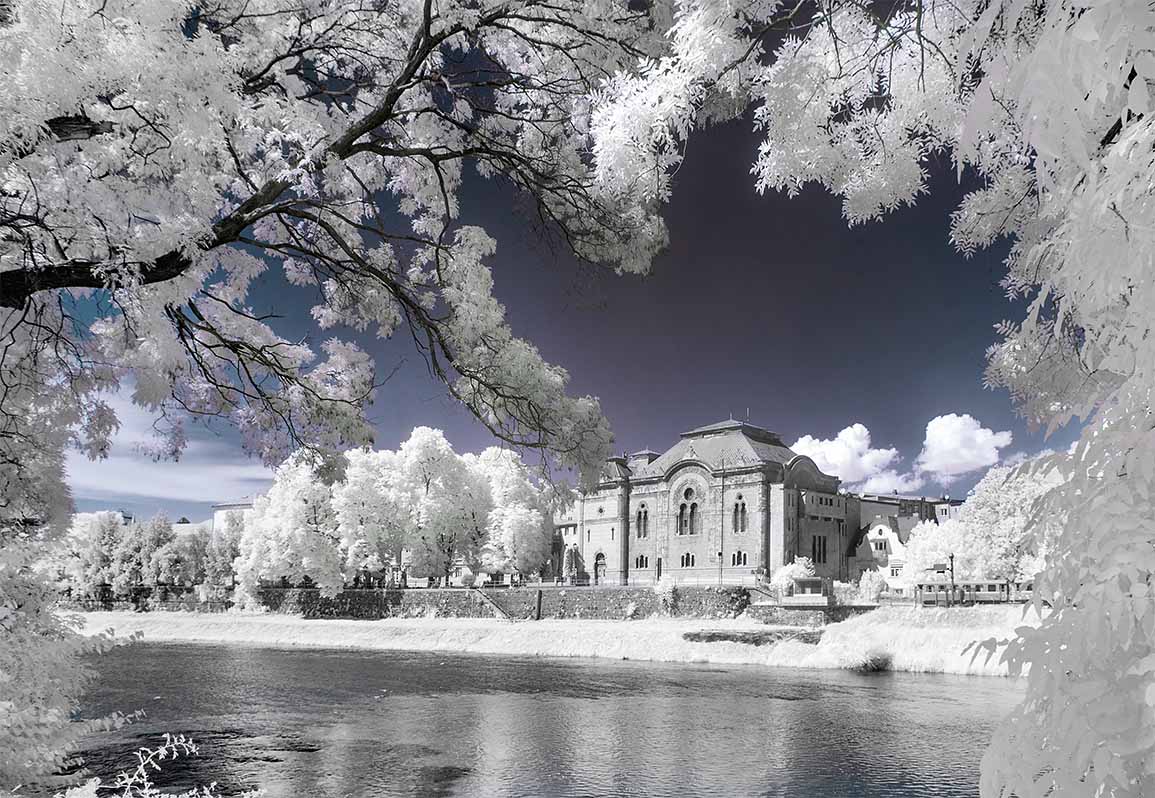
For example, railway personnel in Germany use infrared cameras to monitor rails, as they can clearly see masked cracks and or other faults. Dentists also diagnose cracks and other defects using infrared rays.
At the same time, photographs taken with infrared photography are very surreal. For example, green grass and foliage are snow white, water and sky are deep dark, and hot summers turn into cold winters.
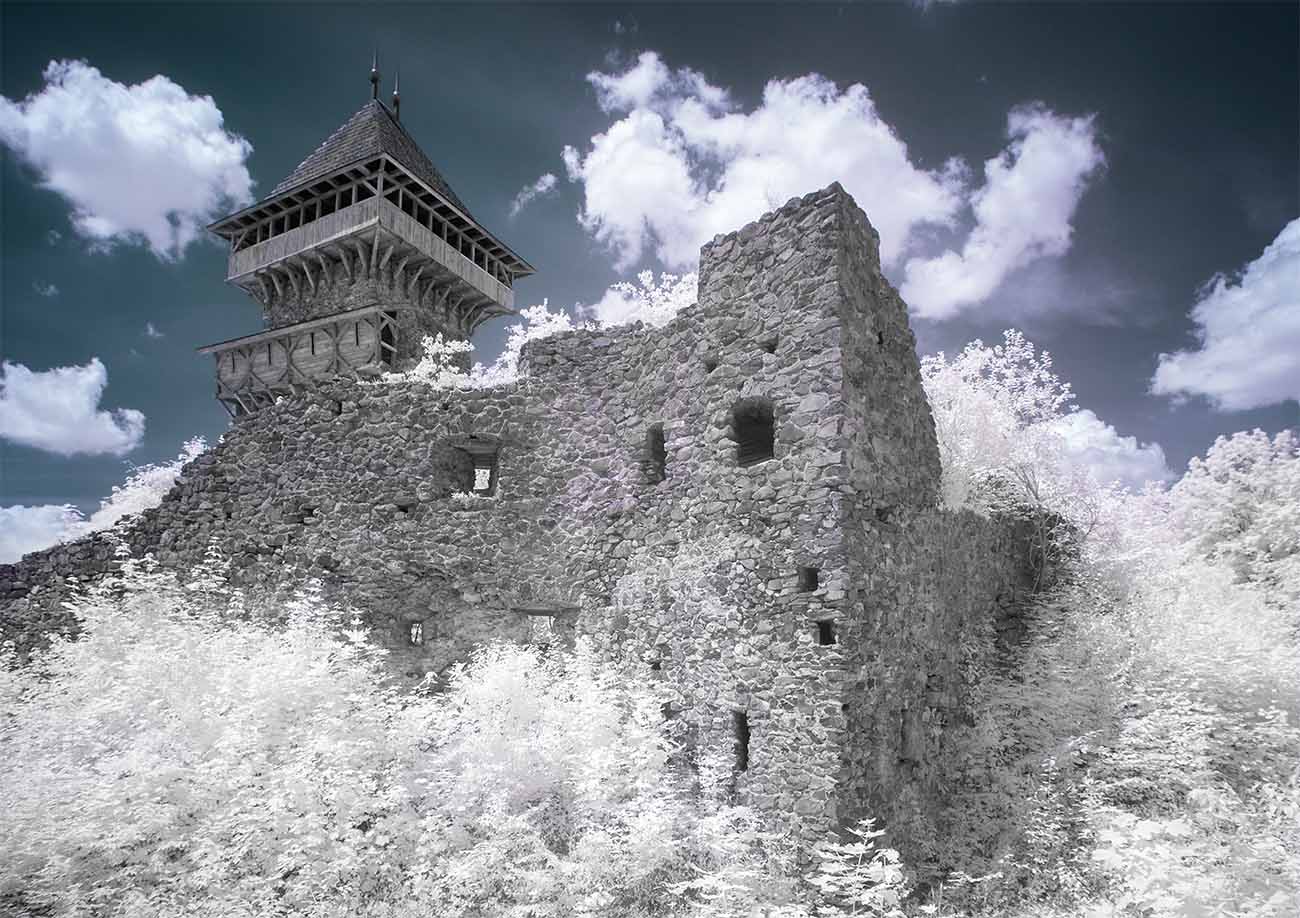
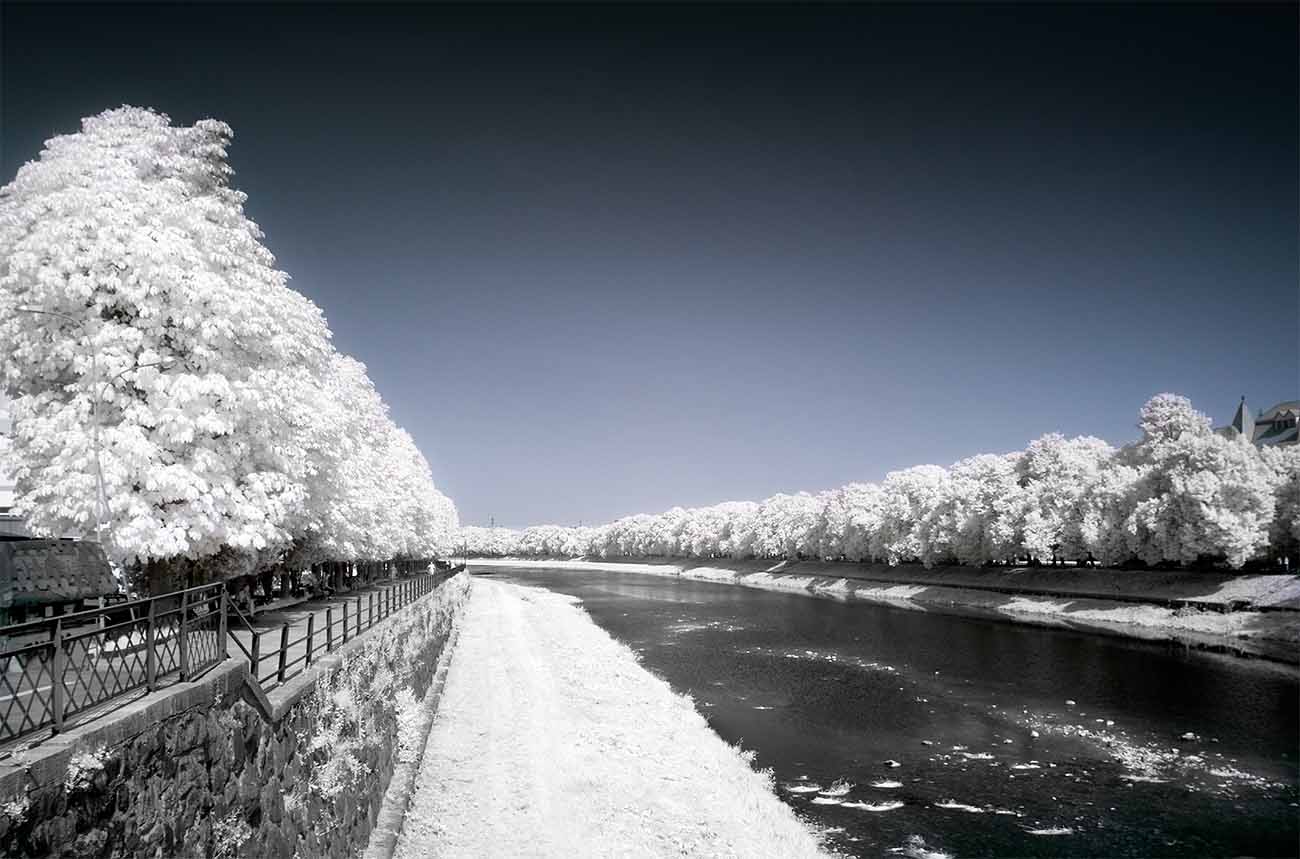
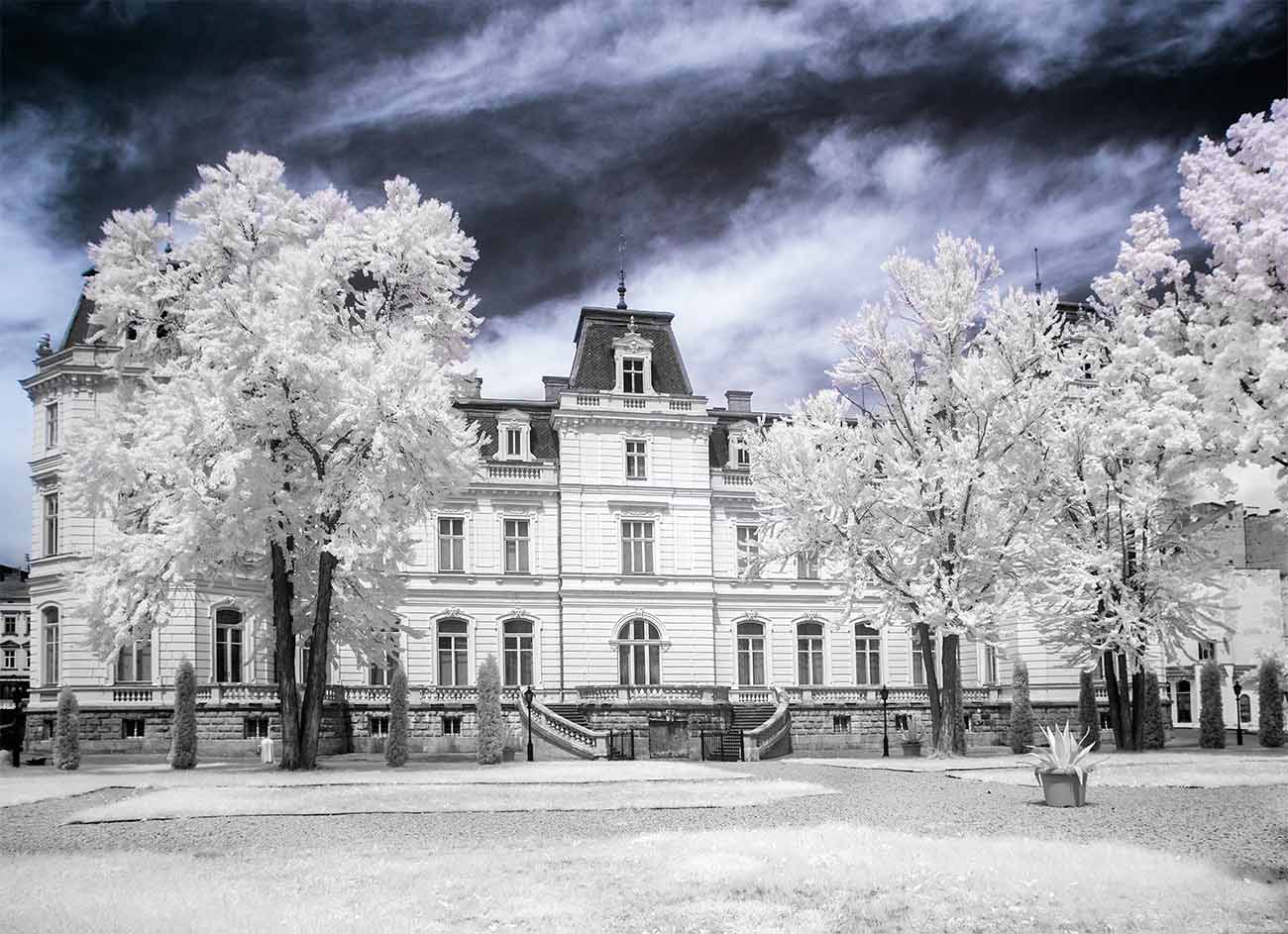
Infrared photography is basically used in landscapes – both urban and natural landscapes with an abundance of skies, foliage and space. The unique beauty of infrared photography is that it can capture the same scenes as in natural light, but it presents them with a new mood and feeling. This is a great way to see the world wrong side out, the most ordinary things in an unusual color, and even what is beyond the visible.

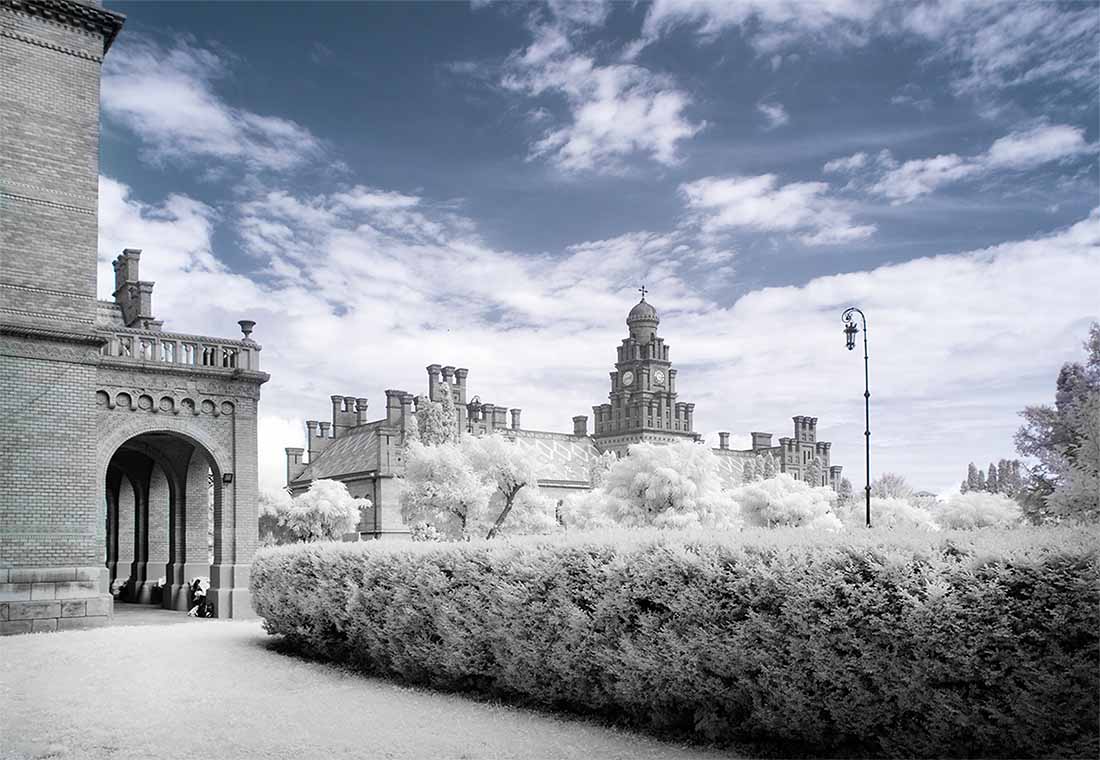
The unusual effects seen in infrared photographs have to do with the amount of infrared light that different materials can reflect. For example, green foliage, practically the entire spectrum of water and the sky, absorb much more of their infrared rays. Therefore, foliage and needles in infrared photographs are white, as if in snow or covered with hoarfrost, and the sky and water are very dark. This phenomenon has been called the Wood effect, and this is not because of the analogy with the forest, but in honor of the photographer Robert Wood. In 1910, he was the first photographer to present the first infrared photographs to the public, made with a special experimental film.


However, it is not always easy to imagine the future photography in the infrared spectrum. This is the unknown effect in such taking photos – you never know what you will finally get. It is like photographing on film, when the result can be known only after it has been developed.
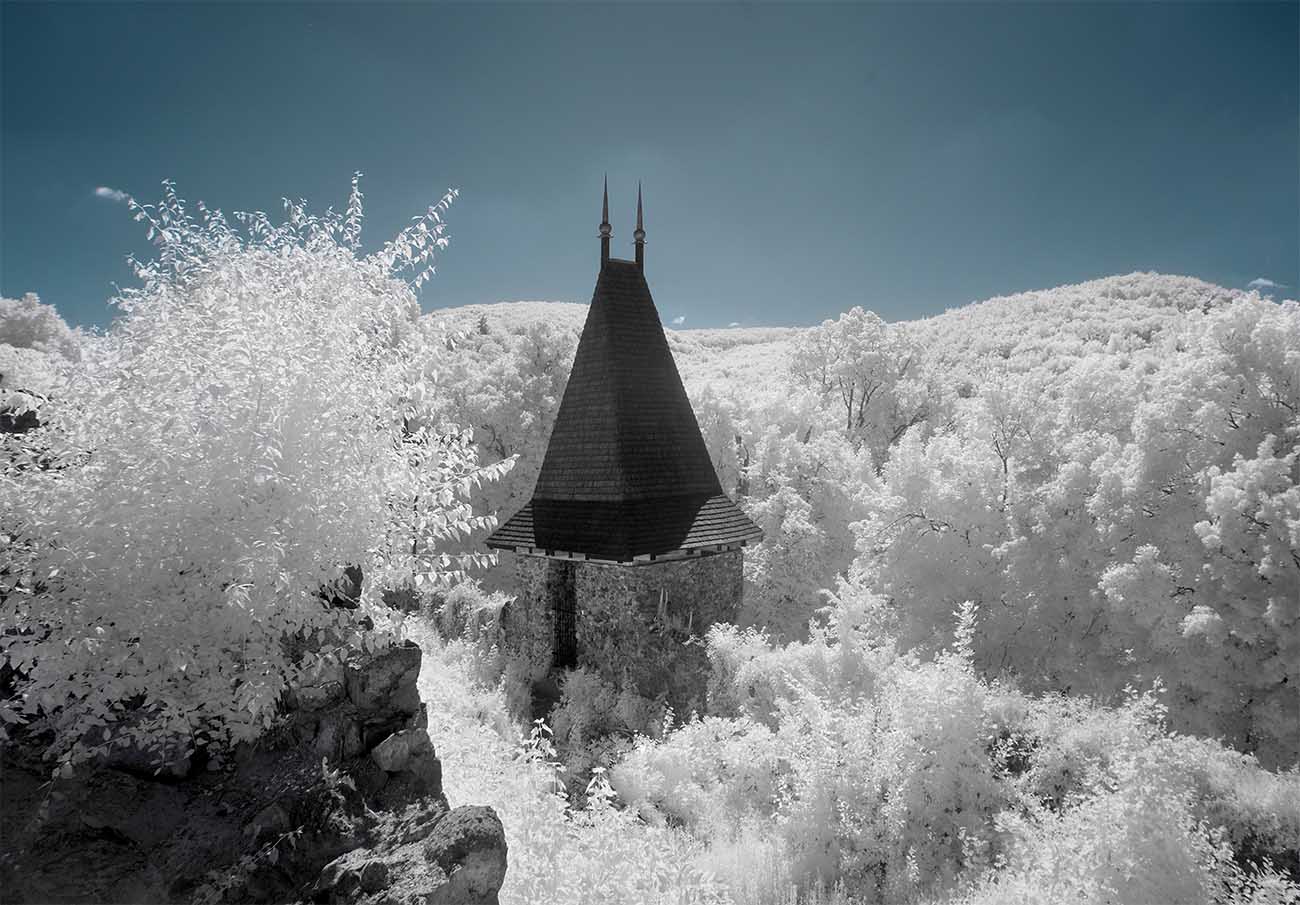
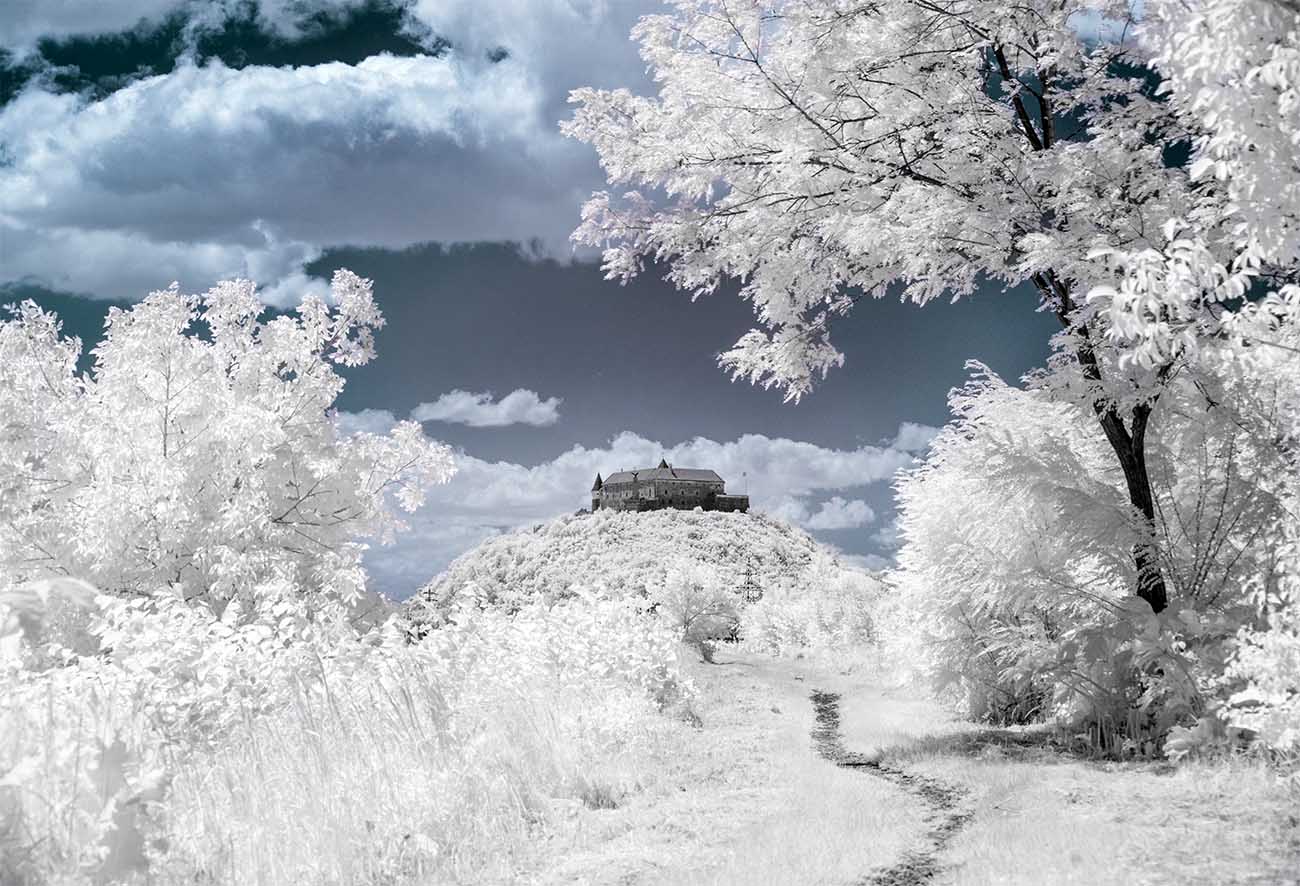
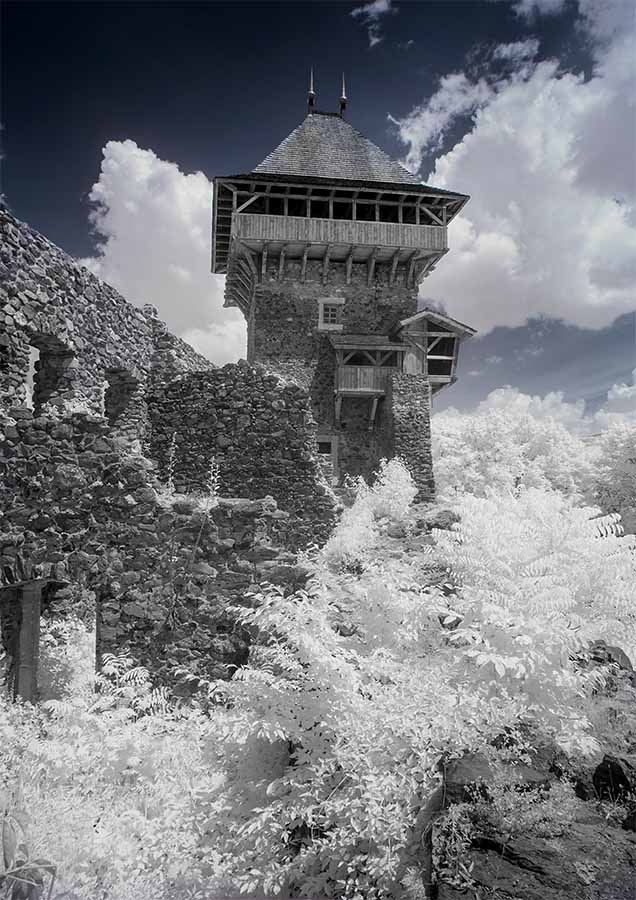
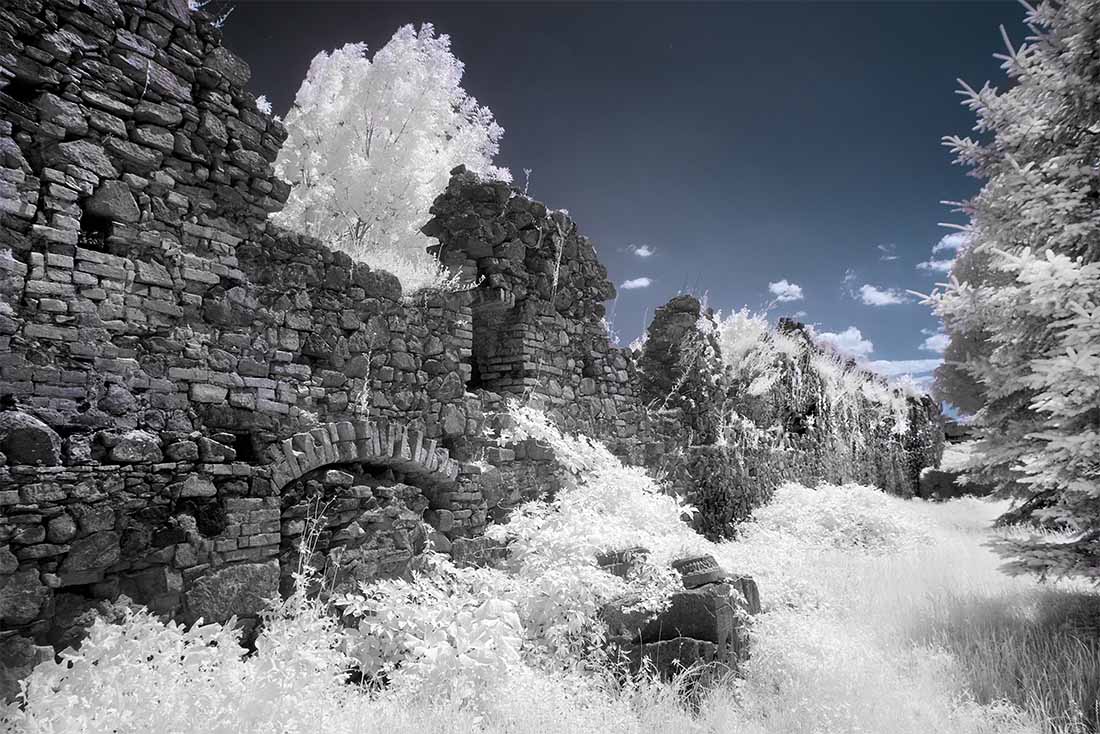
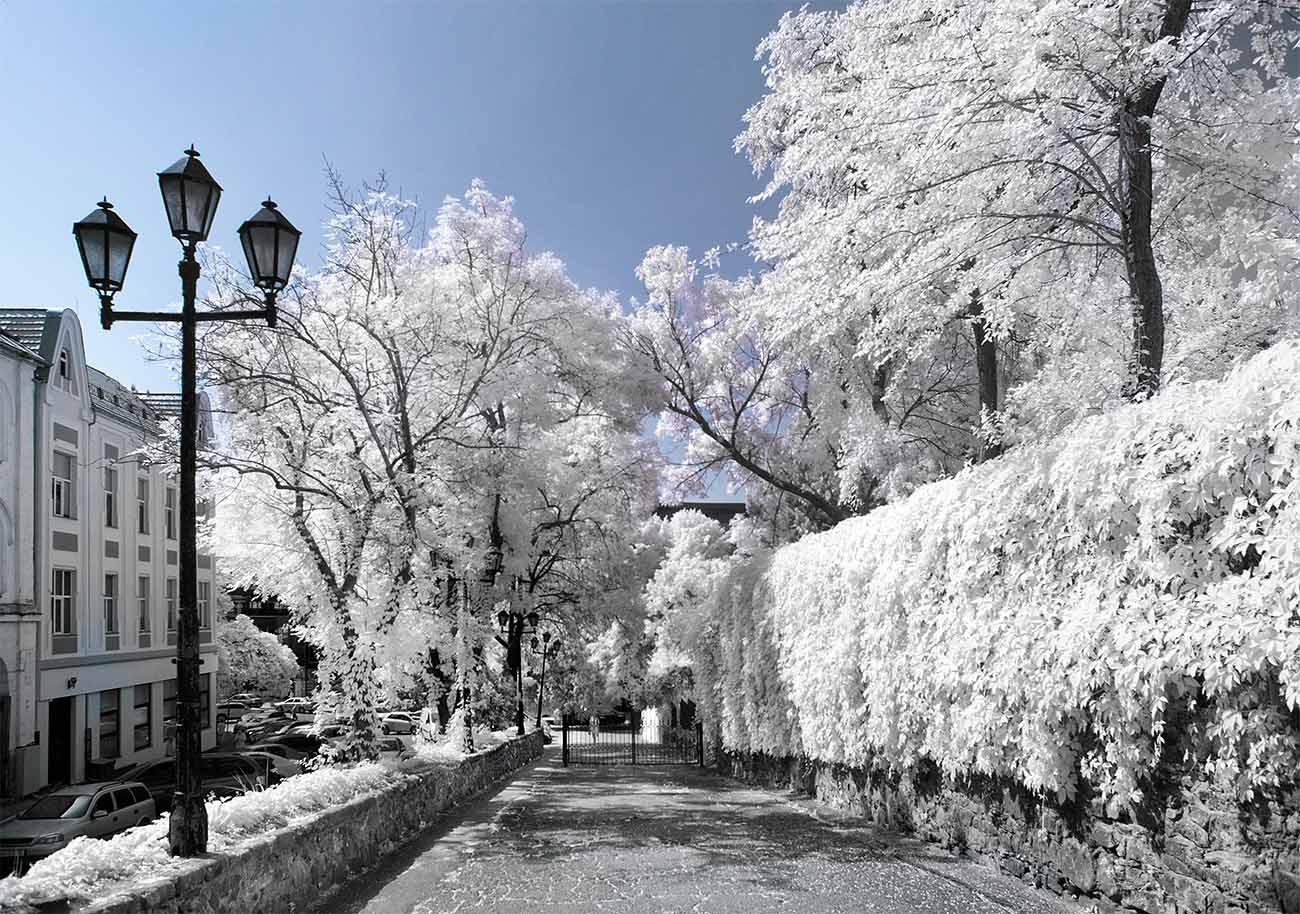
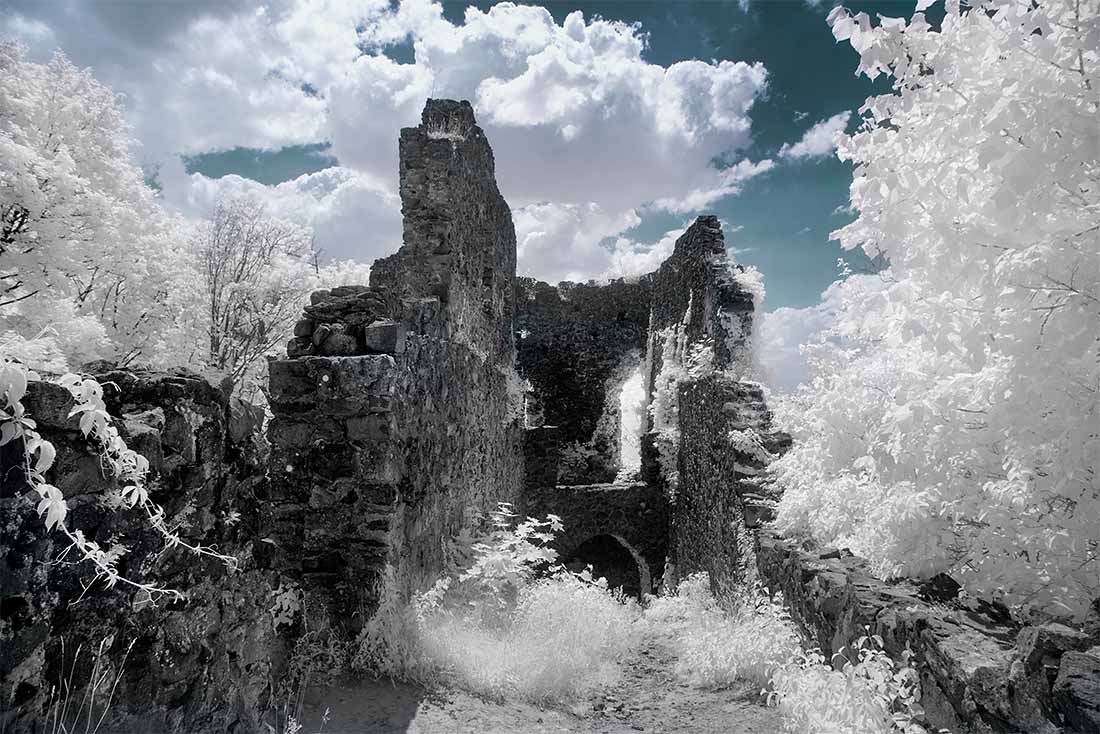
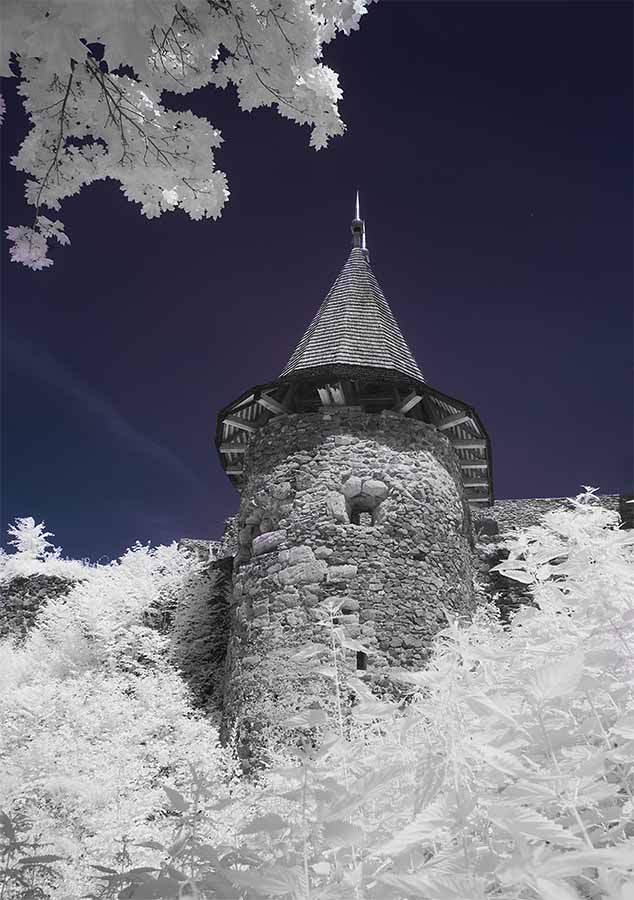
Infrared photography is a great opportunity to experiment and realize your creative ideas.
Shooting in the infrared range seems to open up another reality for us. I was attracted by a photograph taken in infrared rays, with its unusualness, fabulousness and artistry. If you are interested in learning more about the history of infrared photography, or want to quickly learn how to shoot, you can write to me or enroll in my photography course.